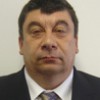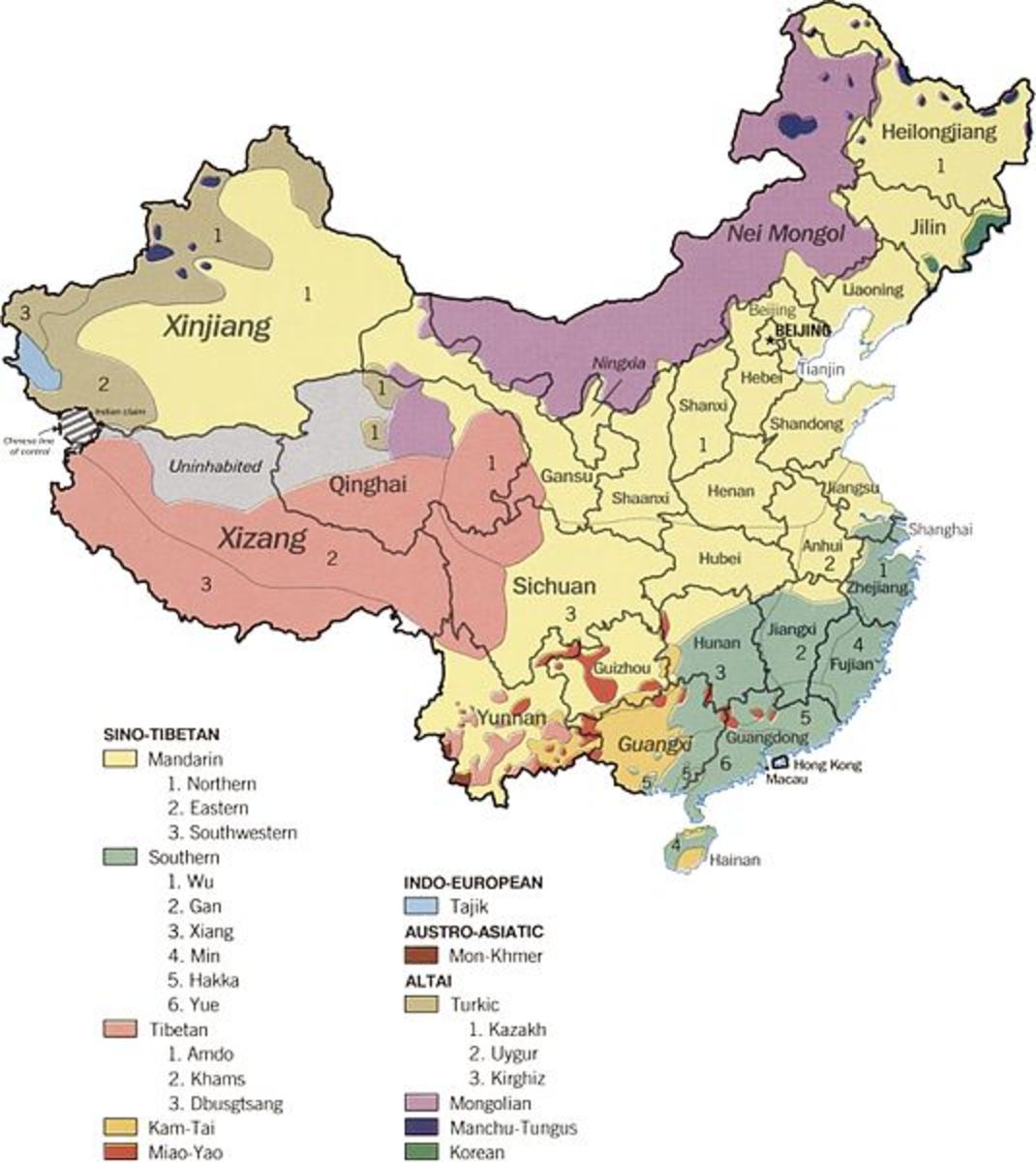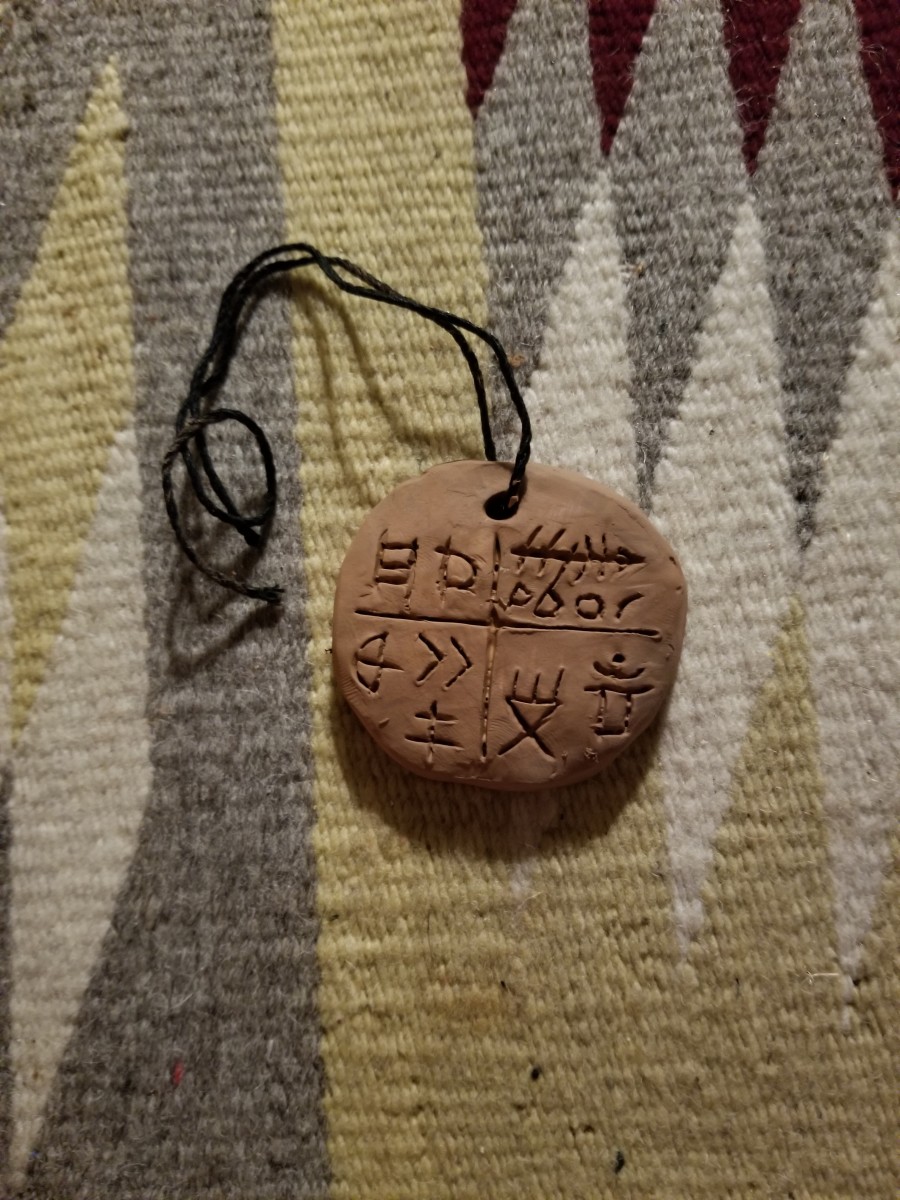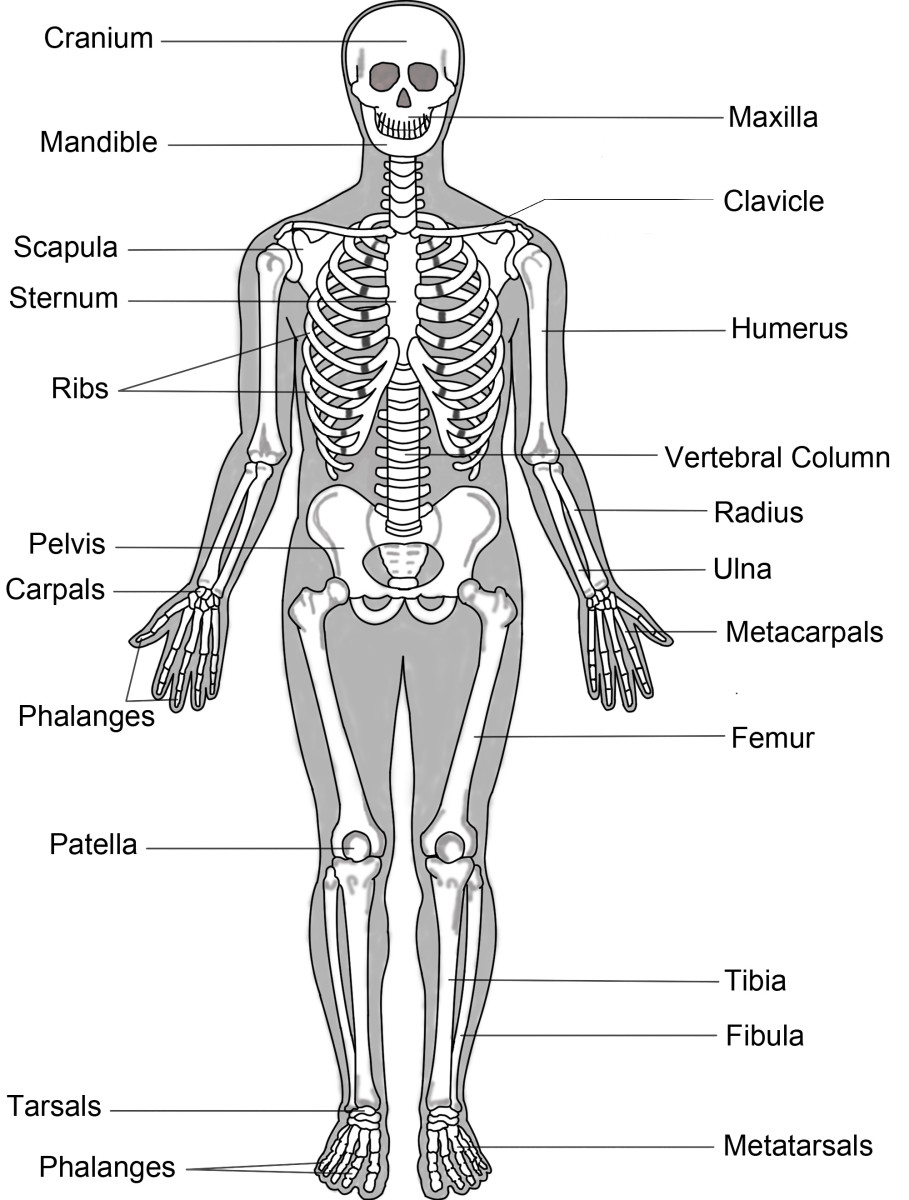Languages :: How Many Languages? : Number of Languages there are in World

How Many World Languages?
Aakwa, Anus, Bella Coola, Blood, Deerie, Gold, Gawadungalung, I, Kukukuku, Lule, Marraawarree, Mimika, Ngeq, Nupe, Ok, Ron, Santa, Shiriana, Tiini, Tzotzil, U, Yangman, Zyrian are all lesser-known languages with strange names but of the 22,000 names of languages, dialects and tribes how many actual languages are there?
There is no agreed total for the number of spoken languages. Reference books give figures anywhere between 3,000 and 10,000. But why is there such a diverse range of estimates?
A clue to the answer is in the lead up to the question above. The question that must first be answered is: what constitutes a language?
Even today there are still discoveries to me made of tribes living in out-of-the-reach places in Amazonia, Central Africa and New Guinea. Each new tribe is likely to have a new or variant language mainly due to their isolation. However, only a few languages are likely now to be discovered in this way.

Language Discoveries
It is more likely that new variants and dialects will be uncovered in rural communities within established populations. Why is this so? Because linguistic studies have not yet been completed in all regions of the world. One can assume that all people in a location speak a known language or dialect but until a comprehensive investigation is undertaken there can be no guarantee that the speech found is not so different that it constitutes a separate language.

Language :: Trumai
An influenza epidemic hit a single village on the Lower Culuene River in Brazil in 1962. By the end of the outbreak the number of speakers of the Trumai language had been reduced to fewer than10. What chance of survival into the next generation and beyond?
Languages :: Number of Speakers
Languages with an estimated number of speakers
- More than 1 million speakers - languages 283 (4%)
- More than 100,000 speakers - languages just over 600 (9%)
- More than 10,000 speakers - languages around 1360 (21%)
- Less than 10,000 speakers - over 4300 languages (66%)
So two-thirds of languages have less than 10,000 speakers each.
Language :: Dead Or Alive?
As new discoveries are made there is an opposite influence on the number of spoken languages. For languages with few speakers there is a chance that they will no longer be classified as 'living' languages as those speakers die out. The speakers could also not use their mother tongue regularly.
How quickly a language can 'die' is astonishing. In Amazonia many new languages were discovered in the 20th century. Their discovery led to a quick death as the outside world influenced the speakers into abandoning their tribal language for 'western' languages that allowed them to communicate better with the outside world. Within a generation languages died as the young embraced the new and the language speakers died. Political, economic and health influences also have their impact. In the 19th century it was thought that there were over 1,000 native Amazonian Indian languages - today only around 200 are recorded.
There are less than 1,000 speakers for each of more than a quarter of the worlds 'living' languages. Over half the languages of the world have less than 10,000 speakers. What is their fate in the next 50 years or so. The extinction of species is equalled, if not exceeded, by the extinction of languages.

The Origin of Language
Only Two Scandinavian Languages?
Taking the mutually intelligible criteria there are two Scandinavian languages:
- Continental - Swedish, Danish and two variations of Norwegian
- Insular - Icelandic and Faroese
Dialectic Language Groupings for the Chinese Languages
The following are the eight main groupings for the hundreds of dialects within Chinese languages:
- Cantonese (Yue) - Spoken in Guangdong, southern Guangxi, Macau and Hong Kong
- Gan - spoken in Jiangxi and south west Hebei
- Hakka - widespread but especially between Fujian and Guangxi
- Mandarin - widespread in the north, central and western regions. North Mandarin is the basis of modern standard Chinese.
- Northern Min (Minbei) - of north west Fujian
- Southern Min (Minnan) - mainly Zhejiang, Fujian, Hainan Island and Taiwan
- Wu - parts of Anhui, Zhejiang and Jiangsu
- Xiang (Hunan) - south central China, Hunan Province.
Is It A Language? :: Is It A Dialect?
For most of today's spoken languages the difference between a language and a dialect is fairly easy to distinguish. English, for instance, has American, Canadian, Australian, New Zealand and of course UK versions and within these versions there are distinct dialects. Regional vocabulary, spelling and pronunciation differences can make communication difficult but there is no dispute that all speakers identify with the underlying premise that they speak English. They all identify with the underlying standard written language and common literary heritage. Each can read the written form of their communication. But for other cases this is not so clear-cut.
Where national identity and mutual intelligibility are in conflict, languages become differentiated. A number of criteria:come into play in determining whether one language is in fact more than one. Political and historical factors can determine whether languages are referred to as different even though they are mutually intelligible.
Political, ethnic, religious, literary and other identities can force a division where linguistically there is little difference. What are the linguistic differences between:
- Hindi and Urdu
- Bengali and Assamese
- Serbian and Croatian
- Twi and Fante
- Xhosa and Zulu?
The opposite can also be true. Sometimes spoken varieties of language can be mutually unintelligible but for political, historical and cultural reasons they are classified as the same language.
- The three 'dialects' of Lapp are mutually unintelligible.
- The hundreds of dialects of Chinese can be grouped into 8 main types (see sidebar)
However, the speakers of all these dialects share the same written language tradition and can communicate through the written language. So, although there are linguistic differences, some extreme, the speakers of the dialects consider 'Chinese' to be a single language.
The examples given have been studied extensively. Where little study has occurred it is more difficult to know where differentiation actually occurs, especially where there is no written language tradition. It is even more difficult where languages in close proximity borrow (adopt) words and grammar from their neighbours. This has proved to be one difficulty in determining whether speech is a dialect or separate language for South American, African and South-East Asian regions. These points obviously have an effect on how we determine how many languages there are.

The History of Language
Mother Tongue
Language :: Civilization to Colonization
Language Names
What credence do we give to a language name?
This is only a problem when we come to the lesser world languages. Some communities do not have a name for their language. A language 'name' may just mean 'people' (for instance 'Bantu ', 'Carib '), 'enemy' ('Tapuya' ), 'forest tribes' ('Macu '), 'lineage of dogs' ('Chichimecatl ' = Chichemeca language), 'foreigners' ('Chontalli '), 'barbarians' ('Popoloca' ) and the name stuck for the language of those people.
Sometimes the language is named after a location that the speakers reside, as for many Land Dayak languages.
In Aboriginal the word 'this' may form the language given-name: Dhuwala, Dhuwal, Dhiyakuy, Dhangu, Dhay'yi, Djangu, Djinang, Djining and Nhangu .
At the other extreme a community may give its language a number of names or have a number of names given to it. It may also be spelled differently.
Sometimes a name can be applied to two different languages.
All these difficulties make it improbable that a definite number of languages can be ascertained and it is made no easier by asking the actual language speakers for their perceptions are governed by non-linguistic observations from religion, socio-economics and nationalism.
How Many Languages? :: Conclusion
When all is said and done there can be no specific single answer to the question 'How many Languages are there?'. Some will over-estimate by taking names too literally and not grouping dialects together sufficiently. Some will underestimate. There are over 37,000 language names listed in the Ethnologue of which just over 6,500 are living languages. The Atlas of World Languages statement for living languages is some 250 greater. The International Encyclopedia of Linguistics falls between the two at some 6,600'ish (including 300 odd extinct languages).
So, can we agree at an estimate of about 6,000 to 7,000 living languages - that seems a reasonable estimate to me.
But how many languages have there been?
Cautious estimates of the number of languages there have been since the emergence of the human language faculty, are around 30,000. Radical estimates come in over 500,000. A plausible estimate could be speculated to be 150,000 languages have been established since the dawn of human speech.







